I need to plot the relationship between x and y where polynomials of x predict y. This is done using the poly() function in order to ensure polynomials are orthogonal.
How do I plot this relationship considering linear, quadratic and cubic terms together ? The issue is the coefficients for the different terms are not scaled as x is.
I provide some example code below. I have tried reassigning the contrast values for each polynomial to x.
This solution gives impossible predicted values.
Thank you in advance for your help !
Best wishes, Eric
Here is an example code:
x = sample(0:6,100,replace = TRUE)
y = (x*0.2) + (x^2*.05) + (x^3*0.001)
y = y + rnorm(100)
x = poly(x,3)
m = lm(y~x)
TAB = summary(m)$coefficients
### Reassigning the corresponding contrast values to each polynomial of x:
eq = function(x,TAB,start) {
#argument 'start' is used to determine the position of the linear coefficient, quadratic and cubic follow
pols = poly(x,3)
x1=pols[,1]; x2=pols[,2]; x3=pols[,3]
TAB[1,1] + x1[x]*TAB[start,1] + x2[x] * TAB[start+1,1] + x3[x] * TAB[start+2,1]
}
plot(eq(0:7,TAB,2))


